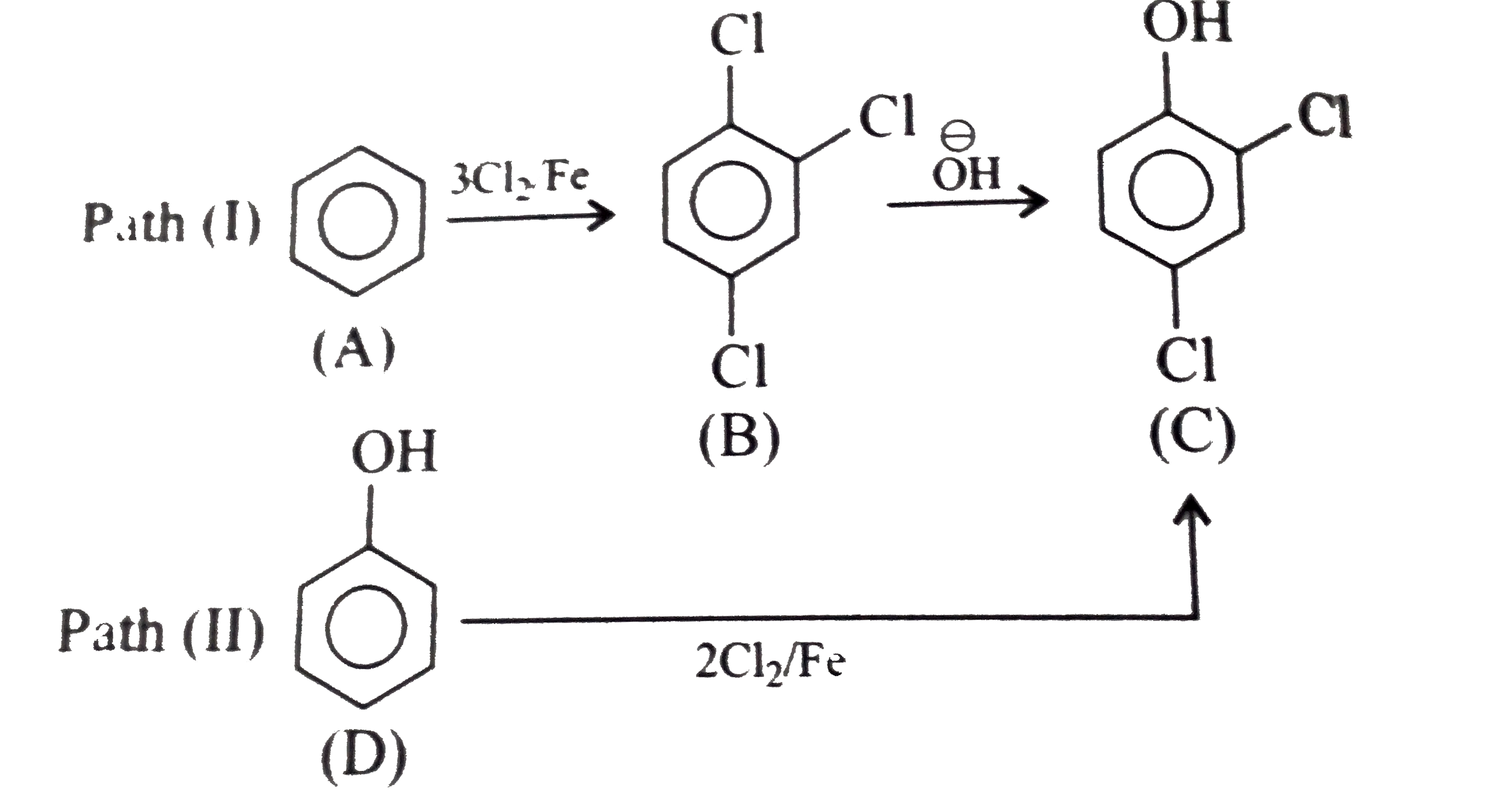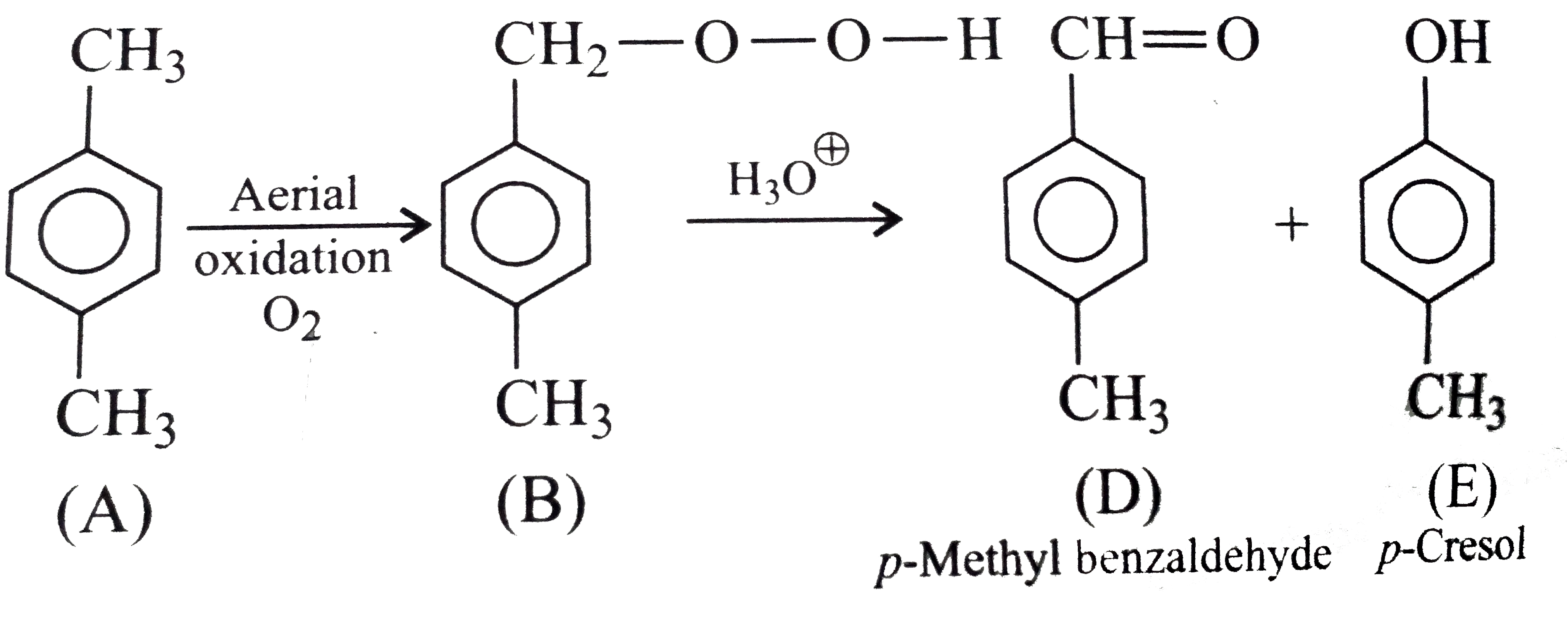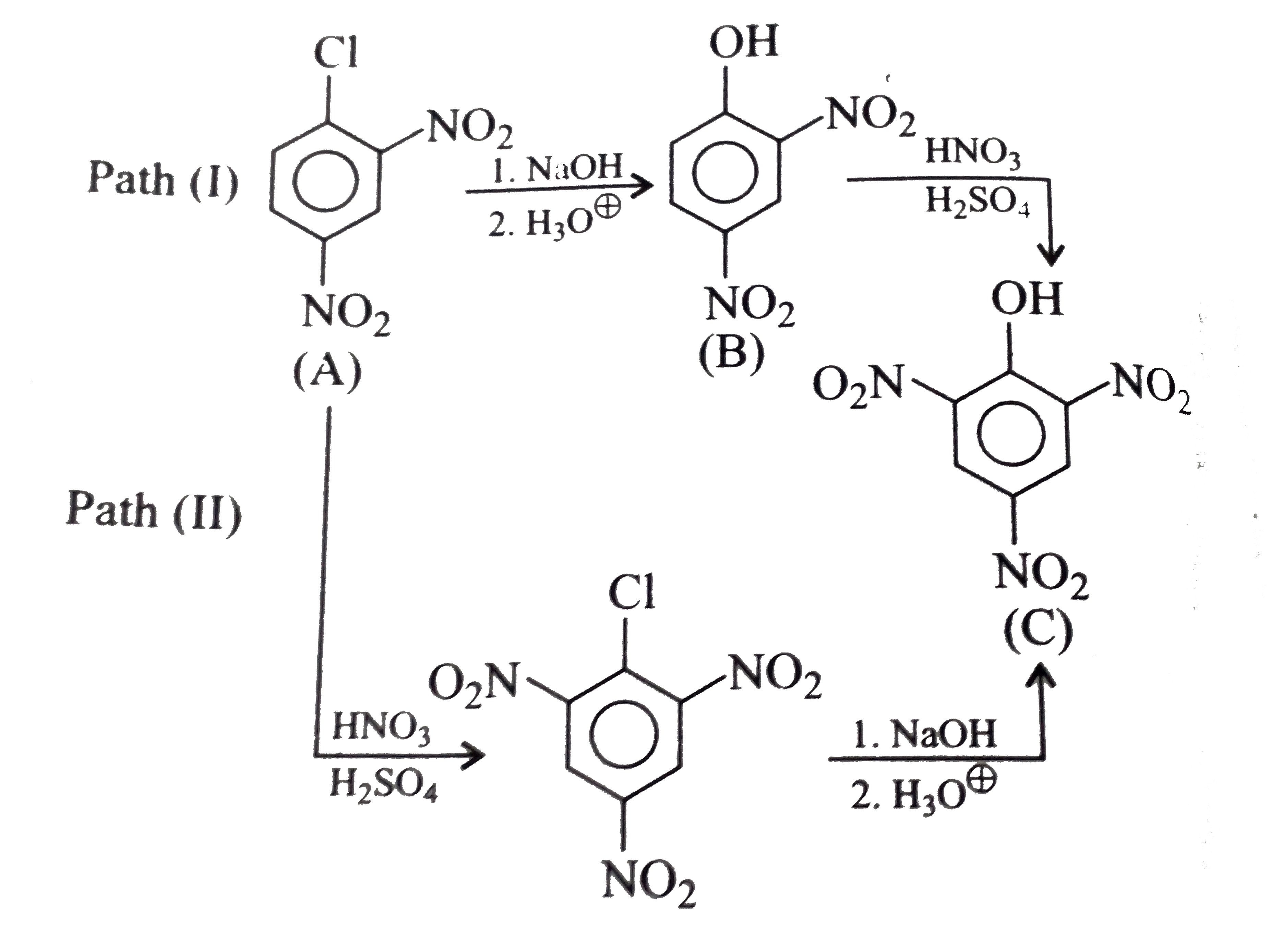Which of the following statements is/are correct about slag ?
A
The slag is lighter than molten metal
B
The calcium silicate, CaSiO3 is obtained is slag formation zone in the extraction of iron from haematite ore
C
In blast furnace/Bessemer converter , the upper layer of molten liquid (i.e. molten metal) is of slag
D
The slag is fusible matter.
Text Solution
The correct Answer is:A,B,C,D
(A)True statement
(B)CaCO3Δ−−→CaO+CO2
CaO+SiO2→CaSiO3
These reactions take place in slag formation zone at temperature ≈1275 K
(C ) True statement.
(D)Infusible matter + Flux =Fusible matter (slag)
|
Topper's Solved these Questions
Similar Questions
Knowledge Check
Which of the following statement(s) is/are correct about slag?
AThe chemical composition of slag obtained in the extraction of copper from copper pyrites is PbSiO3 .BThe calcium silicate , CaSiO3 is obtained is slag formation zone in the extraction zone in the extraction of iron from haemattie ore.CIn blast furnace/Bessemer converter , the upper layer of molten liquid (i.e. molten metal is of slag.DThe slag is fusible matterWhich of the following statement(s) is/are correct about slag?
AThe chemical composition of slag obtained in the extraction of copper from copper pyrites is PbSiO3 .BThe calcium silicate , CaSiO3 is obtained is slag formation zone in the extraction zone in the extraction of iron from haemattie ore.CIn blast furnace/Bessemer converter , the upper layer of molten liquid (i.e. molten metal is of slag.DThe slag is fusible matterWhich of the following statements is/are correct about the following is/are correct about the following reactions ?
 ABoth paths I and II are feasible.BPath I is feasible.CPhenol cannot be chlorinated the ring is susceptible to oxidation by CI2.DThe formation of (C ) form (B) proceeds by ArSN reaction (addition-elimination).
ABoth paths I and II are feasible.BPath I is feasible.CPhenol cannot be chlorinated the ring is susceptible to oxidation by CI2.DThe formation of (C ) form (B) proceeds by ArSN reaction (addition-elimination).
Which of the following statements is/are correct about the following reaction ?

View SolutionWhich of the following statements is/are correct about the following reactions ?

View SolutionWhich of the following statements is/are correct about the following reaction ?

View SolutionWhich of the following statements is (are) correct about the bonding in metals ?
View SolutionWhich of the following statements are correct about solid catalyst?
View Solution
